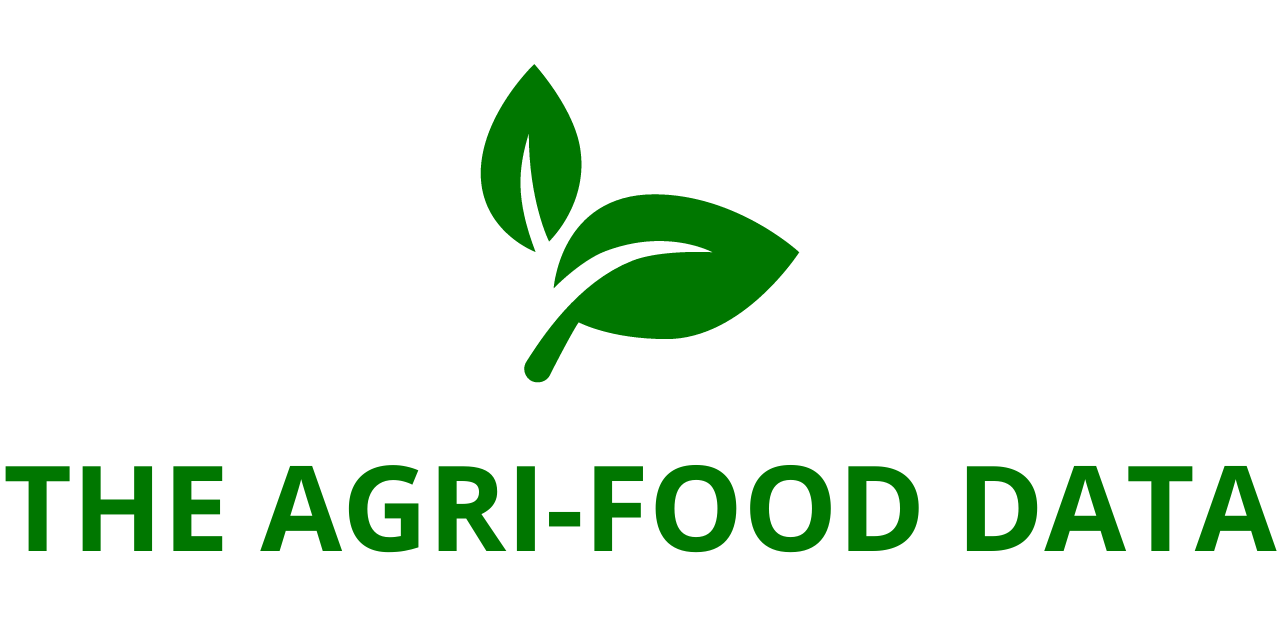
A new report titled “Alternative Protein Market Size, Share, Forecast, & Trends Analysis by Type and Application – Global Forecast to 2032”, now available on ResearchAndMarkets.com, reveals strong growth prospects for the global alternative protein sector. According to the report, the market is expected to reach 15.37 million metric tons by 2032, growing at a compound annual growth rate (CAGR) of 10.2% from 2025 to 2032.
The comprehensive study explores current market dynamics, future trends, and regional growth patterns, offering valuable insights into the rapidly expanding alternative protein ecosystem across five major global regions.
A Market Driven by Urbanization, Health Awareness, and Sustainability
The surge in alternative protein consumption is being fueled by multiple converging factors. Rapid urbanization and a growing global population are intensifying the demand for accessible, nutritious, and sustainable food sources. Health-conscious consumers are increasingly seeking food products that are low in cholesterol, rich in protein, and free from allergens, steering them away from traditional meat and dairy products.
In parallel, the market is witnessing a strong influx of venture capital into startups focused on alternative proteins, from plant-based meat substitutes to lab-grown and insect-based proteins. This trend is fostering innovation in food processing and biotechnology, leading to the creation of new products that align with consumer expectations on both taste and nutrition.
Alternative protein sources offer considerable environmental advantages as well. Compared to conventional livestock farming, which contributes significantly to greenhouse gas emissions, alternative proteins demand far less water and land while generating a smaller carbon footprint. As global concerns about climate change and ecological degradation rise, alternative proteins present a compelling solution for a more sustainable food future.
Challenges Hindering Adoption
Despite the momentum, the alternative protein industry faces several hurdles. One of the most significant barriers is the relatively high production cost of alternative proteins compared to conventional animal-derived proteins. Technological limitations in scaling up production, coupled with high input costs, continue to impact affordability and accessibility.
Moreover, in many regions, deeply rooted cultural preferences for traditional animal-based proteins pose a challenge to widespread adoption. For many consumers, taste, texture, and familiarity play an essential role in food choices, making them hesitant to switch to novel protein sources.
Nonetheless, increasing awareness of the health and environmental benefits of plant-based and other alternative proteins is helping to shift public perception. This transition is supported by growing interest in vegetarian, vegan, and flexitarian diets, driven by ethical concerns, sustainability awareness, and a desire for cleaner, label-friendly food products.
Plant Proteins Dominate the Market
According to the report, plant-based proteins will dominate the alternative protein market in 2025, accounting for an estimated 81.3% share. This dominance is largely attributed to the widespread availability of raw materials like soy, peas, rice, lentils, and chickpeas. These sources offer versatile functional properties and are well-suited for integration into a wide range of food and beverage applications.
The affordability of plant-based protein production, relative to newer technologies like cultivated meat or insect farming, also contributes to its market strength. Major food manufacturers are increasingly incorporating plant proteins into their portfolios, introducing innovative products that appeal to mainstream consumers while catering to specialized dietary needs such as gluten-free, allergen-free, and low-carb.
Insect Proteins Poised for Explosive Growth
While still a niche segment in many markets, insect-based protein is forecasted to be the fastest-growing category during the forecast period, with a projected CAGR significantly outpacing plant and microbial protein categories.
Insects such as crickets, mealworms, and black soldier flies are gaining popularity as highly efficient, protein-rich food sources. Their farming requires minimal resources, emits fewer greenhouse gases, and provides high feed conversion rates. As sustainability becomes a focal point in agriculture and food production, edible insects are emerging as a viable solution.
The growing investment in insect farming infrastructure, coupled with favorable regulatory developments in several regions, is expected to support the rapid commercialization of insect-based food and feed products.

Application Trends: Food & Beverage Leads, Feed Gains Ground
The report categorizes applications into food & beverage, animal feed, and others. In 2025, food & beverage applications are projected to command the largest share of the alternative protein market, driven by the rapid development of meat analogs, dairy alternatives, and functional beverages fortified with plant or insect proteins.
Plant protein-based applications in this sector are benefiting from growing consumer demand for clean-label, allergen-friendly, and plant-forward products. Food innovators are developing meat substitutes, protein bars, ready-to-drink shakes, and dairy-free yogurts that not only meet nutritional needs but also appeal to mainstream tastes.
Meanwhile, the insect protein-based application segment is expected to record the highest CAGR—nearly 29.4%—during the forecast period. This segment is further split into food & beverage and feed applications. In 2024, the food & beverage category will capture the larger share, due to increased demand for processed whole insects and insect powders as direct human food.
At the same time, the feed industry is beginning to recognize the benefits of insect proteins, particularly in aquaculture, poultry, and pet food. Their high amino acid profile and digestibility make them a compelling alternative to fishmeal and soy protein.
Asia-Pacific: The Emerging Powerhouse
Among the five global regions analyzed, the Asia-Pacific region is projected to witness the highest growth, with a robust CAGR of 16.4% through 2032. Several interrelated factors are propelling this regional expansion.
A growing middle-class population, rising disposable incomes, and rapid urbanization are reshaping dietary habits across Asia. Consumers are increasingly gravitating toward healthier, protein-rich, and functional foods. In response, food manufacturers are investing in new product development and modernizing processing facilities to meet this evolving demand.
Furthermore, regional governments are actively supporting sustainable food production through grants, R&D incentives, and regulatory frameworks. Countries like China are investing heavily in biotech-based food solutions, while India is seeing a boom in plant-based startups catering to vegetarian and flexitarian consumers. In Japan, an aging population is driving interest in high-nutrition food products, including alternative proteins enriched with essential amino acids.
Asia-Pacific also offers a rich and diverse raw material base, including rice, soybeans, mung beans, pulses, and seaweed, which supports local protein production and reduces dependence on imports.
A Transforming Global Food Landscape
As the world grapples with climate change, food insecurity, and changing consumer values, the alternative protein market is positioned as a critical part of the solution. Companies operating in this space are leveraging scientific innovation, strategic partnerships, and market expansion to reshape the future of protein consumption.
While challenges remain—particularly around pricing, regulation, and cultural acceptance—the overall outlook is positive. As technology advances and consumer awareness grows, alternative proteins are expected to move from niche to mainstream, offering a more sustainable and inclusive food system for the future.






